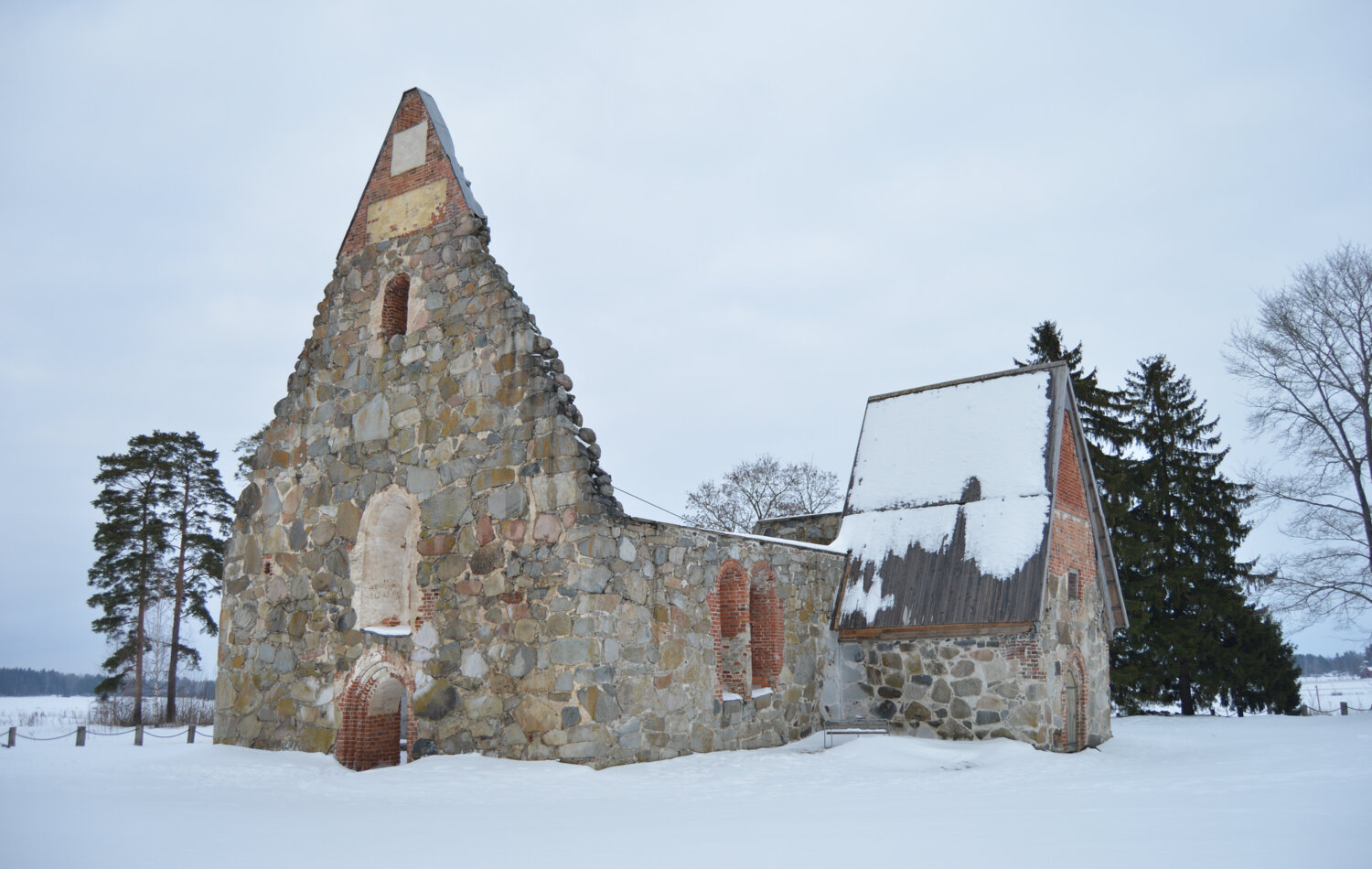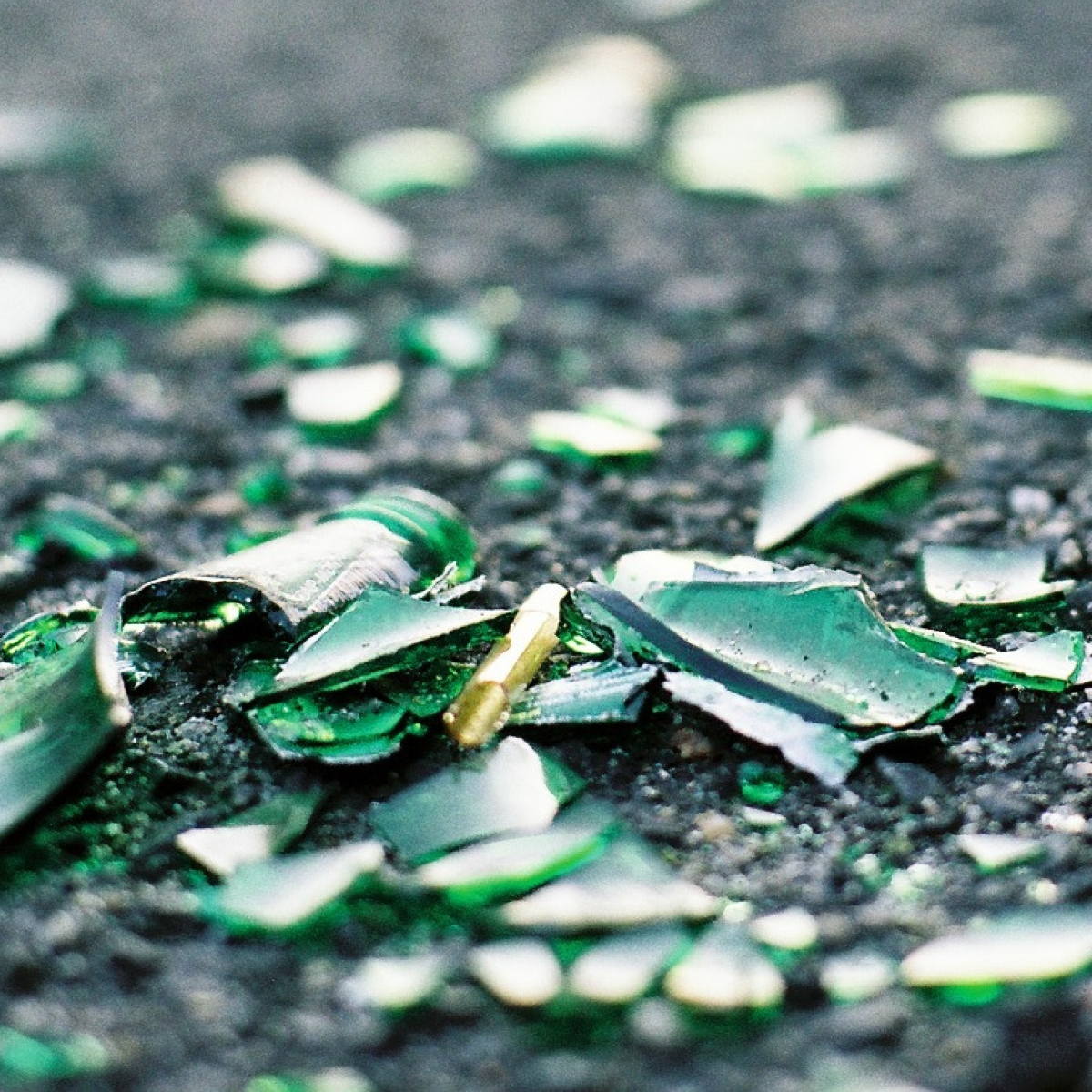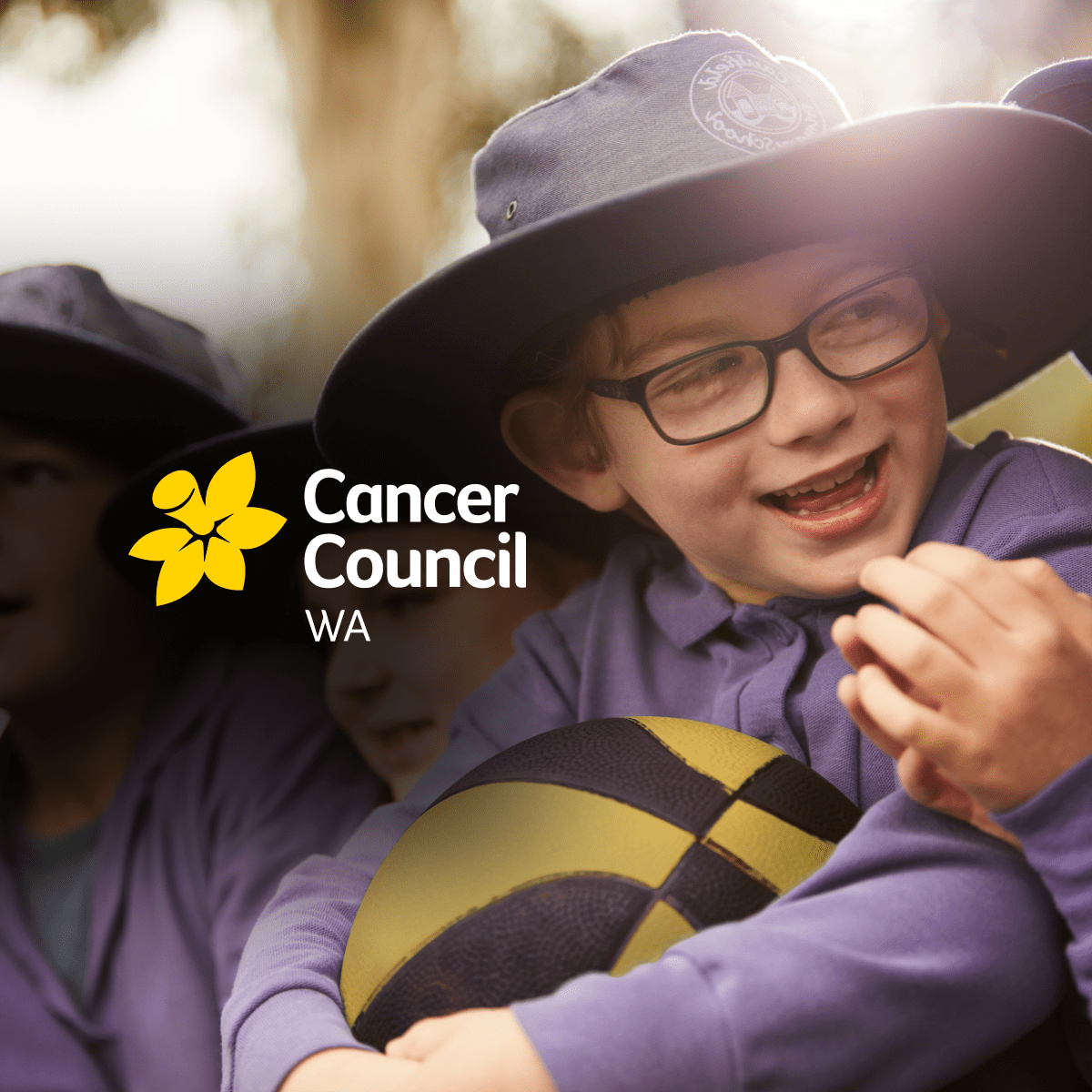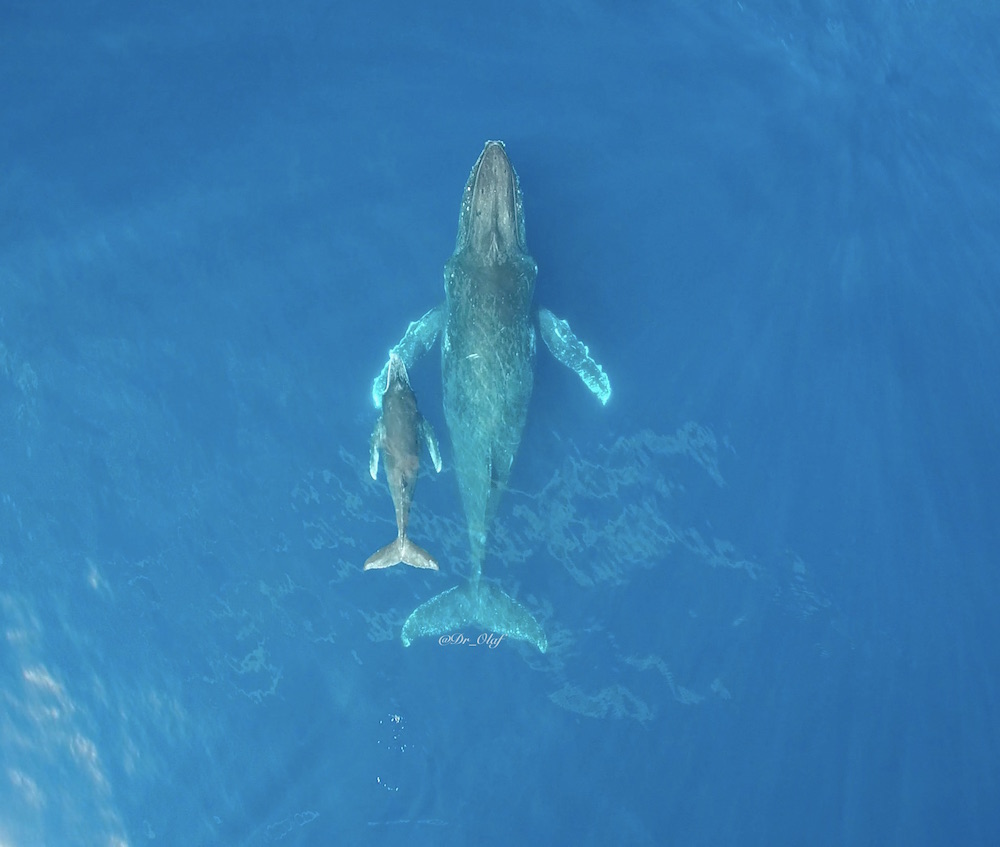
One third of all humpback whales in the Gold Coast Bay are mother-calf pairs making the location almost as important as breeding grounds for whales with calves, a new Griffith University study has found.
Led by the Griffith Centre for Coastal Management, researchers analysed long-term data collected by citizen scientists from Humpbacks & High-rises to determine that the Gold Coast ranks between a resting and breeding ground in terms of importance for mother-calf pairs of humpback whales.
“We have long hypothesised that the Gold Coast Bay is an important habitat on the east coast of Australia for humpback whale mother-calf pairs,” said Dr Olaf Meynecke from the Griffith Centre for Coastal Management.
“But until now, we didn’t have conclusive evidence.”
Using data collected over a seven-year period using visual surveys taken aboard whale watching boats by citizen scientists, the researchers investigated the distribution of 2305 humpback whales within Gold Coast Bay between 2011 to 2017, the timing of their arrival and where the mother calf pairs were found.
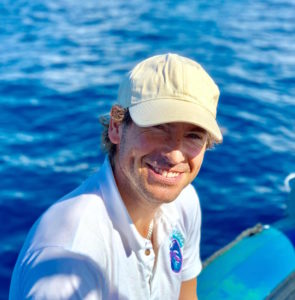
As well as the seasonal presence of mother-calf pairs, the researchers analysed the duration of the whales’ dives, direction of movement and their location to ultimately determine the that bay is used as a resting area.
“We discovered the average dive time for humpbacks on the Gold Coast was 3.20 minutes,” Dr Meynecke said.
“This is relatively short when compared to whales in migratory corridors which usually dive for anywhere between 5-10 minutes.”
“The peak number of sightings occurred in October, with mother-calf pairs sighted more often closer to shore relative to other members of the pods.
“We compared our results to recognised breeding grounds such as Hawaii and resting grounds such as Hervey bay and found similar results, suggesting the Gold Coast bay serves as an important stop-over for humpback whale mother-calf pairs.”
Dr Meynecke said the research highlighted the importance of the area for humpback whale mothers and calves, the need for elevated protection and the successful work citizen science could achieve.

